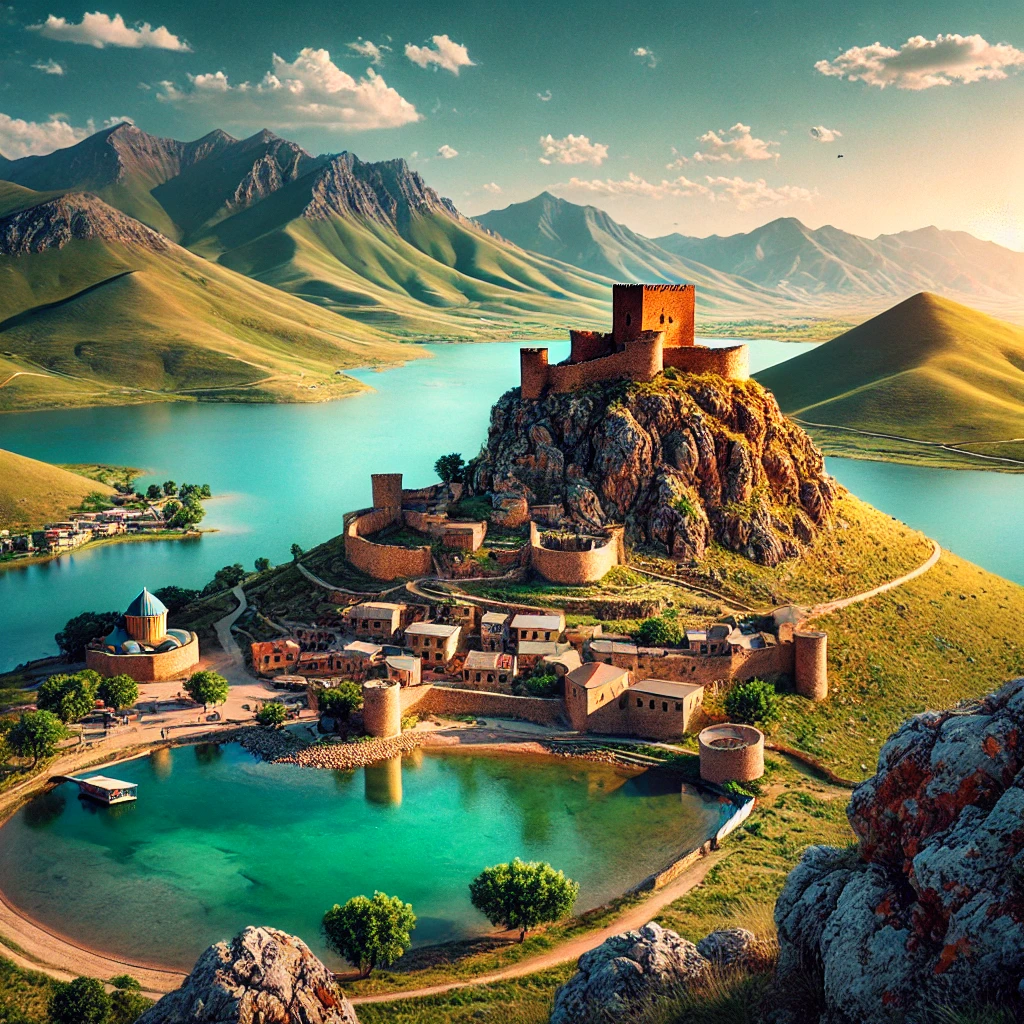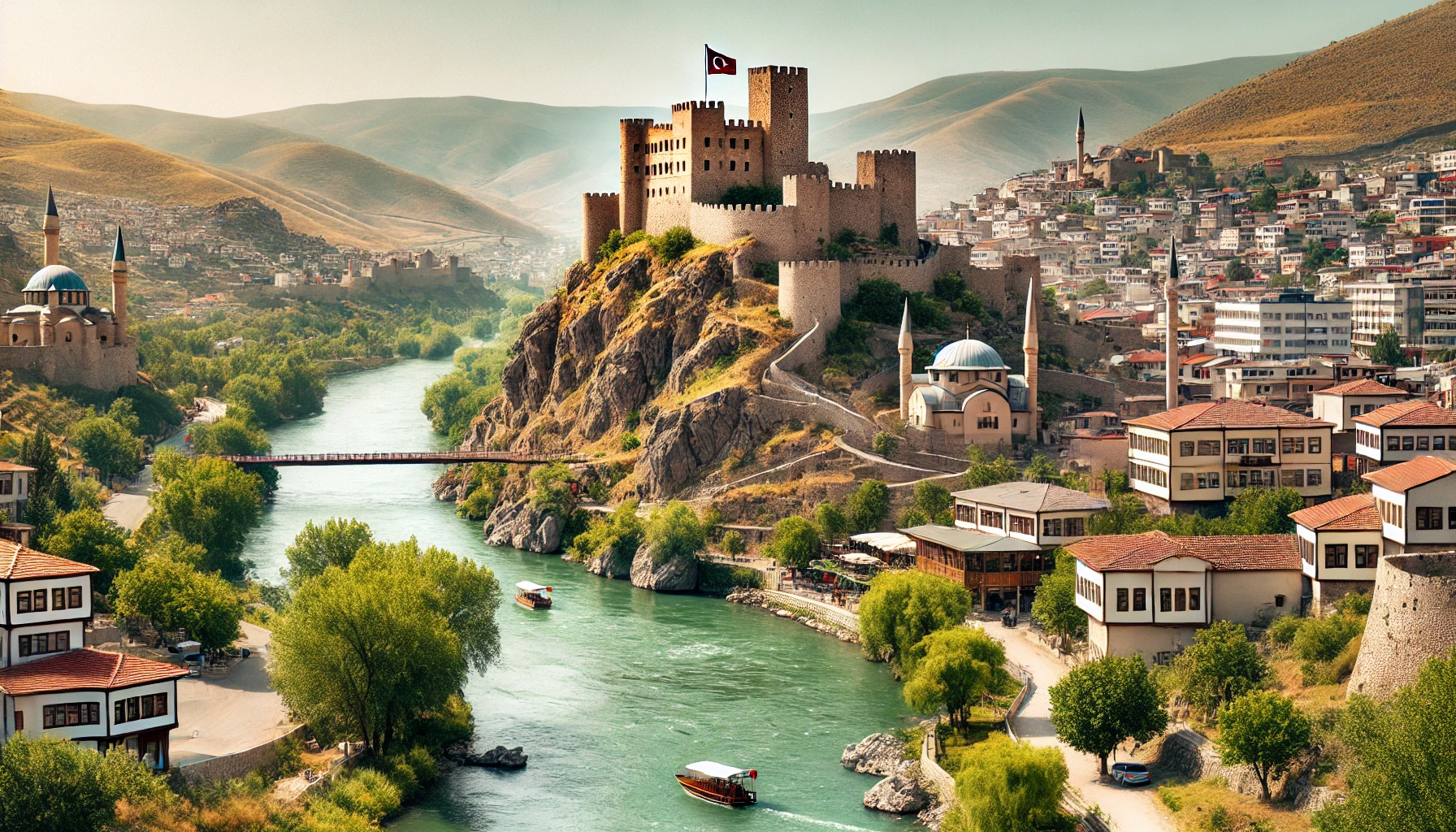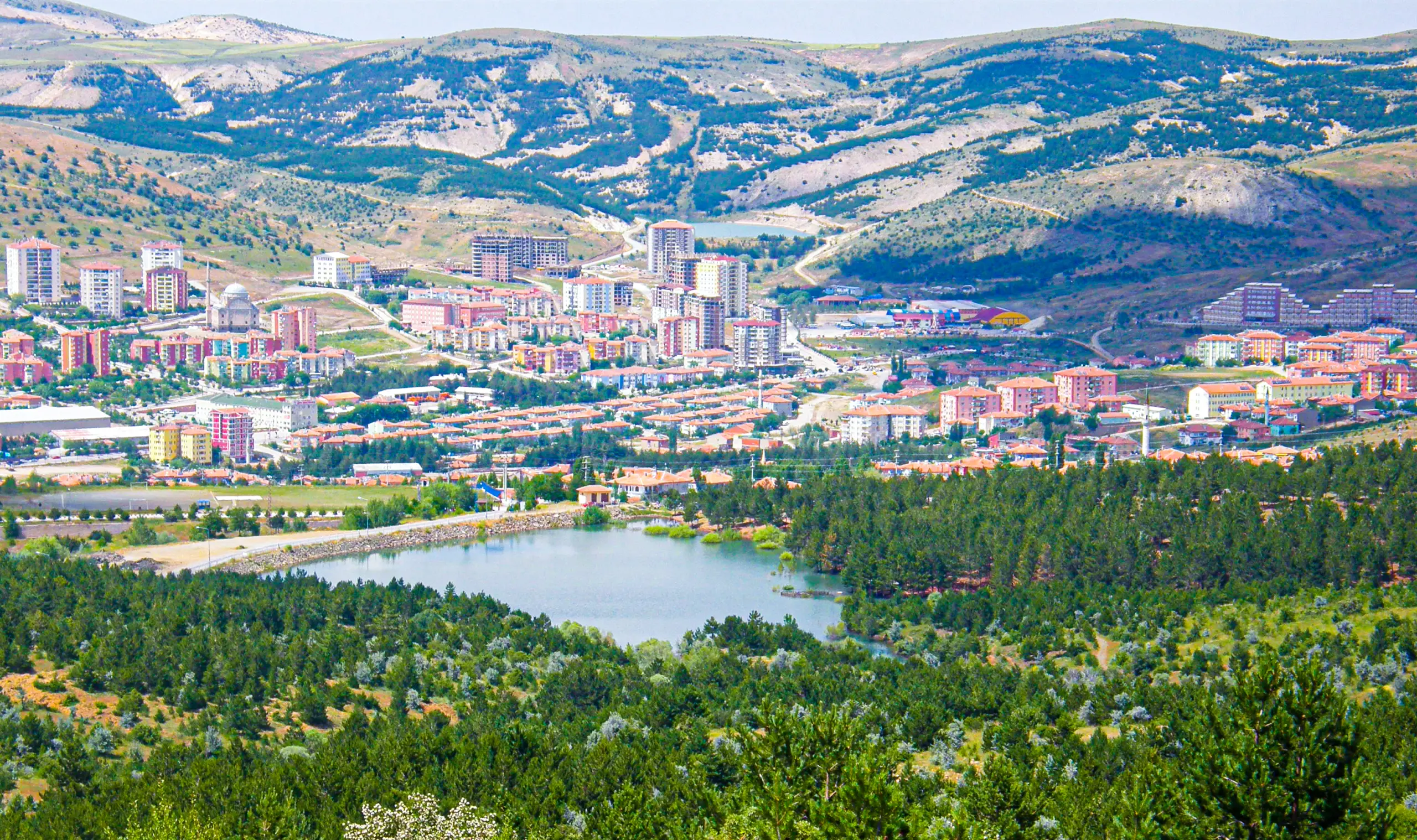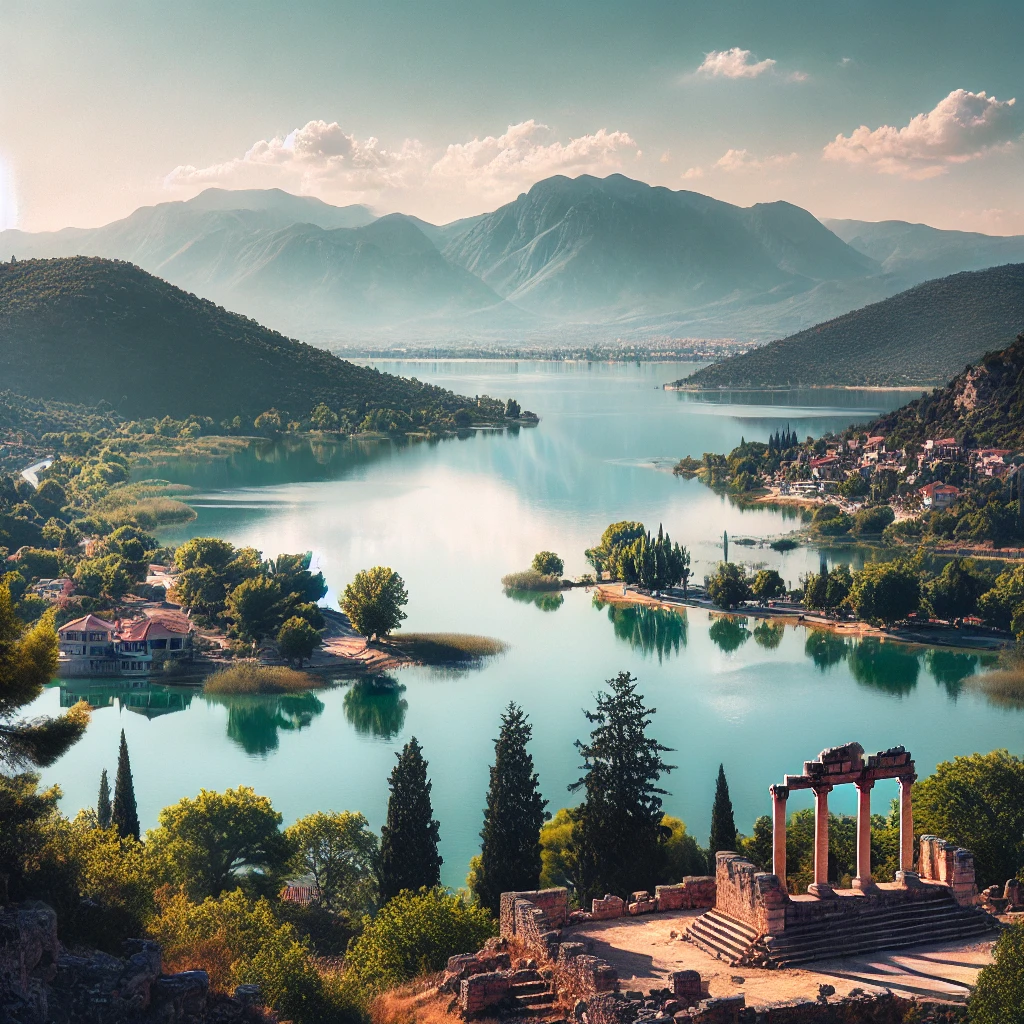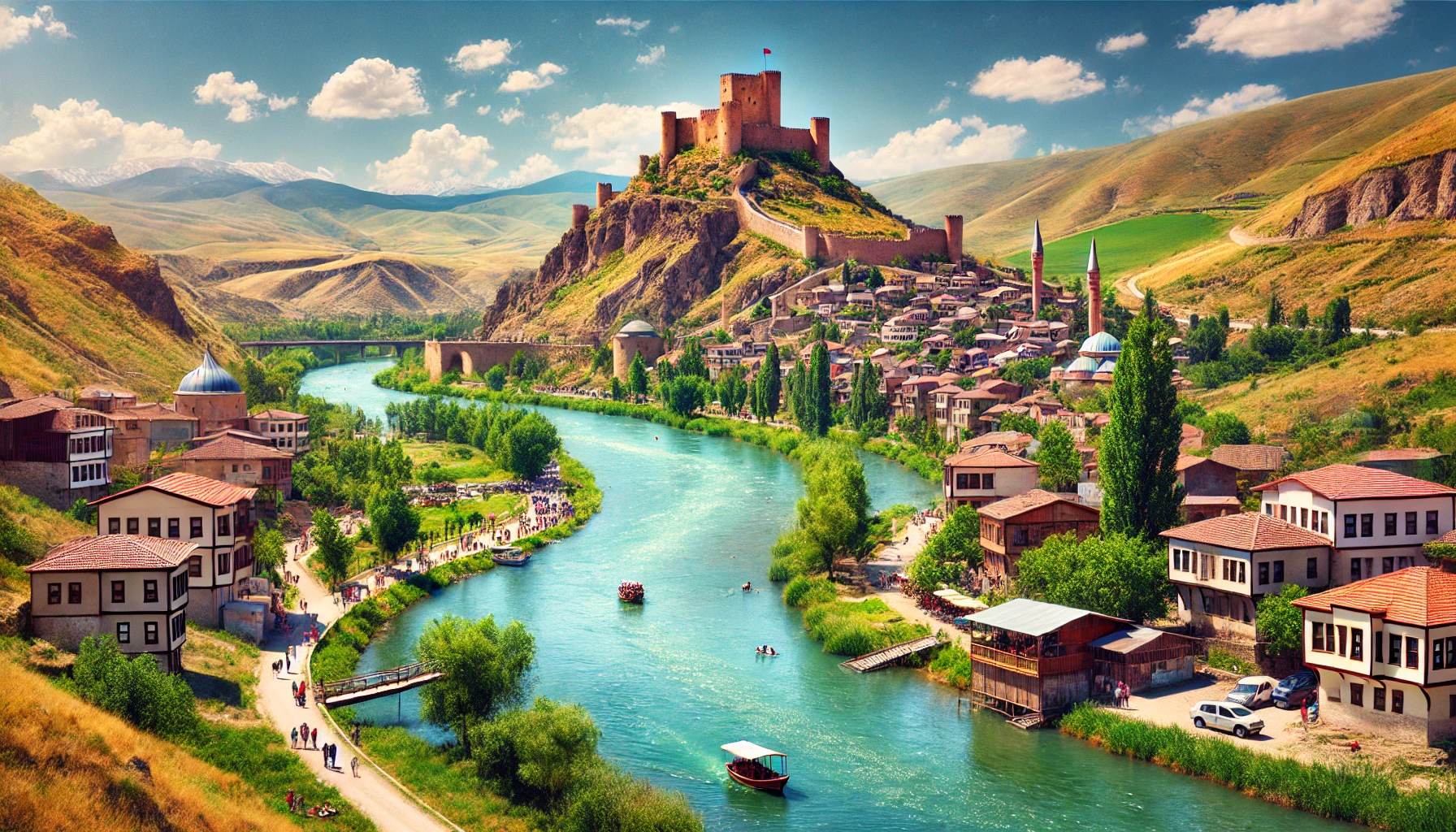Lake Tuz: A Journey to Turkey's Hypersaline Marvel
Lake Tuz, also known as Tuz Gölü in Turkish, meaning ‘Salt Lake’, is a mesmerizing natural wonder located in the Central Anatolia Region of Turkey. As the second largest lake in the country and one of the largest hypersaline lakes in the world, Lake Tuz offers a unique landscape that captivates the hearts of travel enthusiasts. In this article, we will explore the history, geography, and ecological significance of Lake Tuz, providing a comprehensive guide for travelers looking to experience this extraordinary destination.
The Historical Significance of Lake Tuz
Ancient Origins and Cultural Heritage
Lake Tuz, historically known as Tatta (Ancient Greek: Τάττα, Latin: Tatta Lacus), has played a significant role in the cultural and economic development of the region. In ancient times, the lake was situated on the frontiers between Lycaonia and Galatia and was originally part of Phrygia. The lake’s hypersaline waters were famous for their high salt content, which encrusted objects dipped into the lake with a thick layer of salt. This natural phenomenon fascinated ancient civilizations, contributing to the lake’s legendary status.
A Vital Resource Through the Ages
Throughout history, the salt extracted from Lake Tuz has been a valuable resource. The lake’s salt production has been integral to the local economy, supporting various industries and trade. The salt mines around the lake have been operational for centuries, with salt extraction techniques evolving over time. Today, Lake Tuz continues to be a major source of salt, contributing significantly to Turkey’s salt production.
The Geographical Marvel of Lake Tuz
Location and Landscape
Lake Tuz is situated 105 kilometers northeast of Konya, 150 kilometers south-southeast of Ankara, and 57 kilometers northwest of Aksaray. Occupying a tectonic depression in the central plateau of Turkey, the lake is surrounded by arable fields, brackish marshes, and seasonally flooded salt steppes. The lake is relatively shallow, with an average depth of about 0.4 meters (1 foot) for most of the year.
Seasonal Changes and Salt Production
The unique hypersaline nature of Lake Tuz is a result of its geological and hydrological conditions. During winter, the lake’s salinity decreases as fresh water from precipitation and surface runoff mixes with the saltwater. However, in summer, the lake dries up, exposing a thick salt layer, which can reach up to 30 centimeters in August. This natural process is harnessed for salt production, with three major mines operating in the lake, producing 63% of Turkey’s salt consumption.
The Geological Wonders of Lake Tuz
Formation and Geological Structure
The formation of Lake Tuz can be traced back to the Upper Senonian-Lower Middle Eocene period. Subsidence in the Tuz Gölü Lower Basin, followed by a regression during the Upper Eocene, shaped the lake’s basin. The region experienced various geological transformations, including volcanic activities and the deposition of terrestrial sediments, which contributed to the unique geological structure of the lake.
Salt Layers and Commercial Significance
Lake Tuz boasts a continuous salt layer of varying densities that extends up to 1,000 meters. This extensive salt deposit ensures the ongoing viability of salt production around the lake, sustaining the local salt industry. The basin’s geological structure includes a diverse array of sedimentary formations, including shale, sandstone, limestone, and gypsum, highlighting the area’s complex geological history.
The Climate and Ecology of Lake Tuz
Climate Characteristics
The climate of Lake Tuz is influenced by both cold semi-arid and humid continental climates. Northern areas, such as Kulu, exhibit more humid continental characteristics, while southern regions like Çumra, Aksaray, and Karapınar have a steppe climate. The region receives an average annual precipitation of 324 millimeters, making it one of the driest areas in Turkey. Despite the arid conditions, the lake supports a unique ecosystem adapted to its hypersaline environment.
Flora and Fauna
Lake Tuz is a designated specially protected area, encompassing the lake’s surface and surrounding waterbeds. The lake is a crucial breeding ground for various bird species, including the greater flamingo (Phoenicopterus roseus) and the greater white-fronted goose (Anser albifrons). The surrounding villages also support populations of the lesser kestrel (Falco naumanni), showcasing the area’s rich avian biodiversity.
Exploring Lake Tuz: A Traveler’s Guide
Tourist Attractions and Activities
Lake Tuz has become a popular tourist destination in recent years, attracting visitors with its stunning landscapes and unique natural phenomena. Here are some must-see attractions and activities for travelers:
1. Salty Shores and Salt Flats
During the summer months, Lake Tuz transforms into a vast salt flat, creating a surreal and otherworldly landscape. Visitors can walk on the salt crust, which glistens under the sunlight, offering a truly unforgettable experience. The salt flats are perfect for photography, especially during sunrise and sunset when the colors of the sky reflect off the salt surface.
2. Bird Watching and Wildlife
Lake Tuz is a haven for bird watchers, with its diverse bird population and breeding colonies. The sight of flocks of flamingos and other waterfowl is a spectacular highlight for nature enthusiasts. Guided bird-watching tours are available, providing insights into the region’s avian ecology and conservation efforts.
3. Salt Production Tours
Visitors can explore the salt production facilities around the lake, learning about the traditional and modern methods of salt extraction. These tours offer a fascinating glimpse into the local industry and its historical significance. Some tours even allow visitors to participate in salt harvesting, providing a hands-on experience.
Practical Information for Travelers
How to Get There
Lake Tuz is accessible by road from major cities like Ankara, Konya, and Aksaray. The most convenient way to reach the lake is by car, allowing travelers to explore the surrounding areas at their own pace. There are also organized tours from these cities that include transportation, guided tours, and other amenities.
Best Time to Visit
The best time to visit Lake Tuz is during the summer months, from June to August, when the lake dries up and the salt flats are fully exposed. This period offers the most dramatic and picturesque views of the lake. However, spring and autumn are also good times to visit, with milder weather and opportunities for bird watching.
Embracing Local Culture and Cuisine
Local Delicacies
A visit to Lake Tuz is not complete without sampling the local cuisine. The region is known for its hearty Anatolian dishes, including lamb kebabs, manti (Turkish dumplings), and a variety of mezes (appetizers). The nearby towns and villages offer charming eateries where visitors can enjoy traditional Turkish hospitality and flavors.
Cultural Experiences
Exploring the local culture around Lake Tuz provides a deeper understanding of the region’s history and traditions. Visitors can attend local festivals, visit historical sites, and interact with the friendly residents, gaining insights into the area’s rich cultural heritage.
Conservation and Environmental Challenges
Protecting Lake Tuz
Lake Tuz faces significant environmental challenges, including water mismanagement and climate change. In October 2021, the lake temporarily dried up completely, highlighting the urgent need for sustainable water management practices. Conservation efforts are underway to protect this unique ecosystem and ensure the long-term viability of its natural and economic resources.
Responsible Tourism
Travelers can contribute to the conservation of Lake Tuz by practicing responsible tourism. This includes minimizing environmental impact, supporting local businesses, and respecting wildlife and natural habitats. By promoting sustainable tourism practices, visitors can help preserve the beauty and ecological integrity of Lake Tuz for future generations.
Conclusion: A Unique Destination Awaits
Lake Tuz is a destination like no other, offering a blend of natural beauty, historical significance, and cultural richness. Whether you’re walking on the shimmering salt flats, watching flocks of flamingos, or exploring the local salt mines, Lake Tuz promises an unforgettable experience. Plan your visit to this remarkable hypersaline lake and discover the magic of Turkey’s Central Anatolia Region.
For more information and to start planning your trip, visit our website at VisitTurkey.in. Happy travels!
Common Questions About Lake Tuz
Latest Update: Aug 1, 2024
Your Content Goes Here
TAGS: ancient Tatta, bird watching, Central Anatolia, environmental conservation, flamingos, geological wonders, hypersaline lake, Lake Tuz, natural beauty, salt flats, Salt Lake, salt production, sustainable tourism, traditional Turkish cuisine, travel guide, Turkey, Tuz Gölü
A brief summary of the key points in this article.






